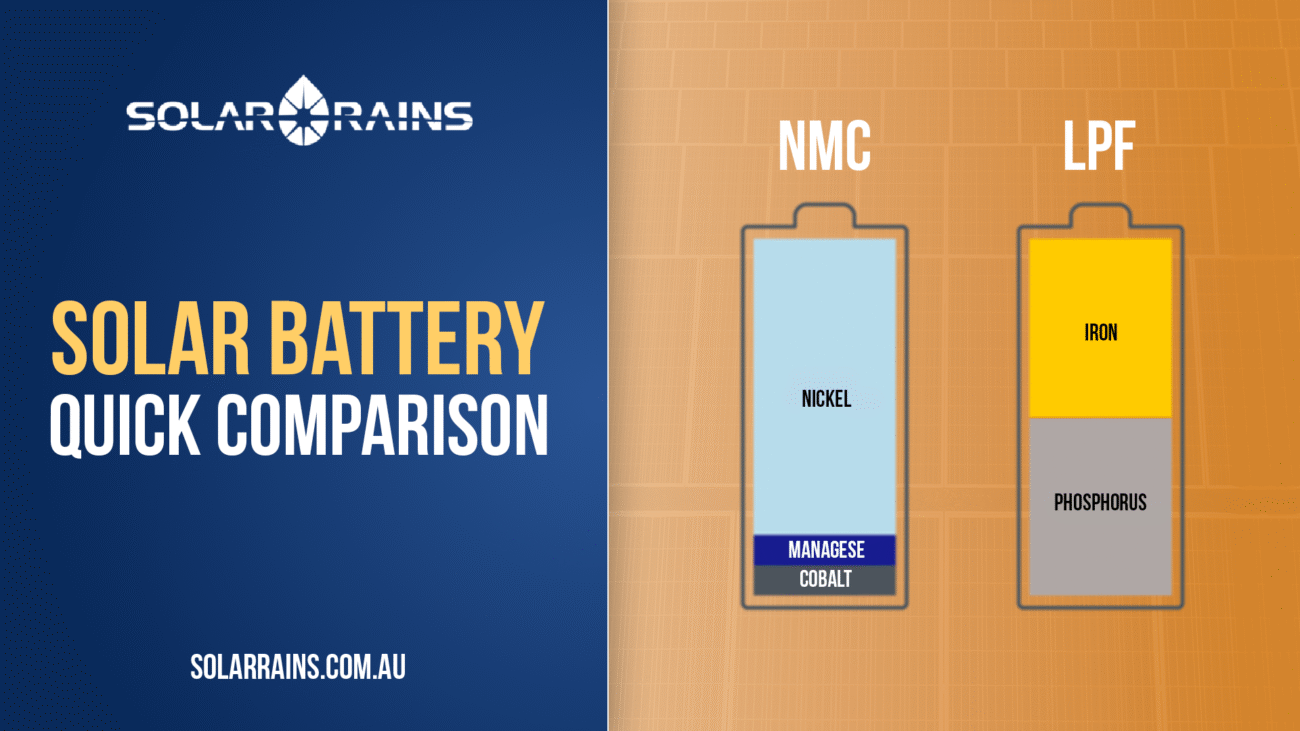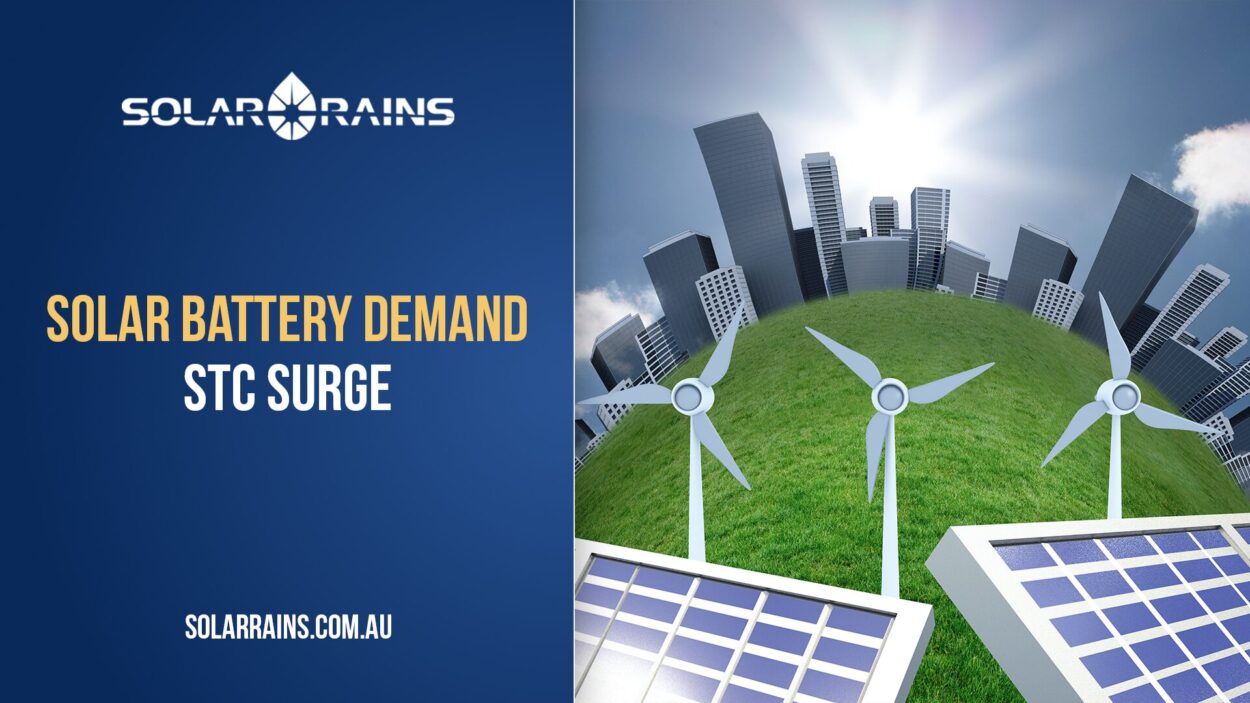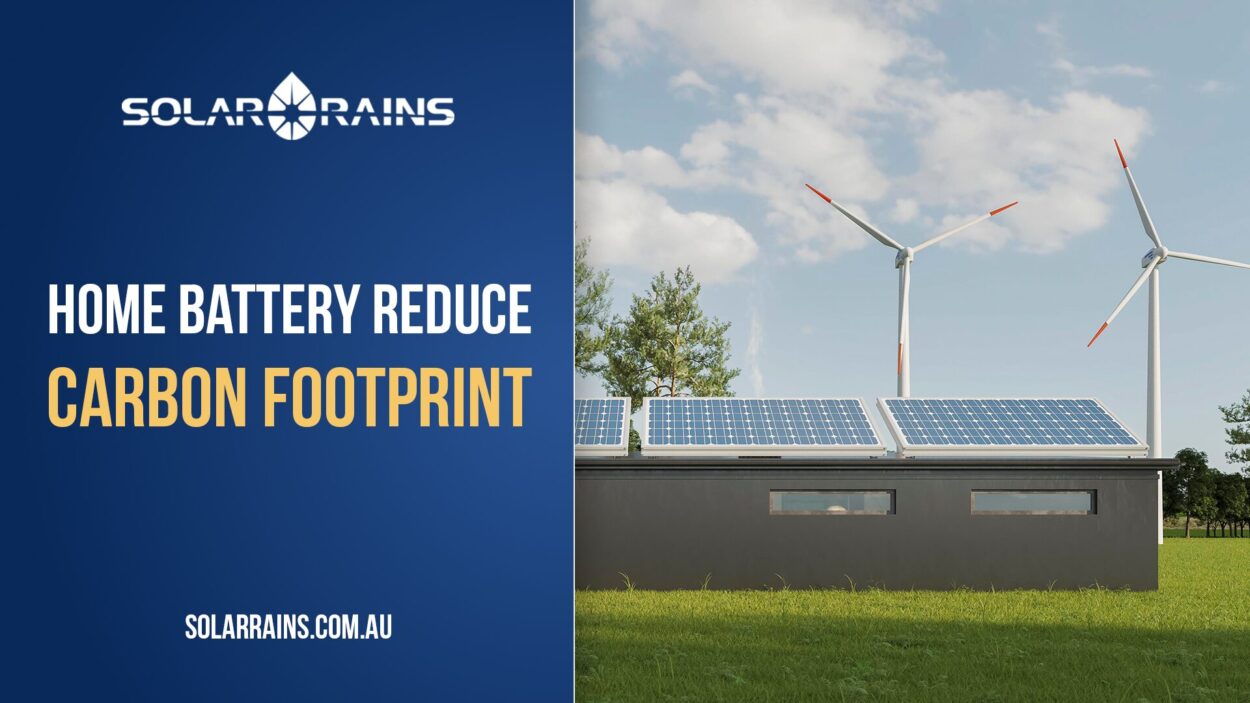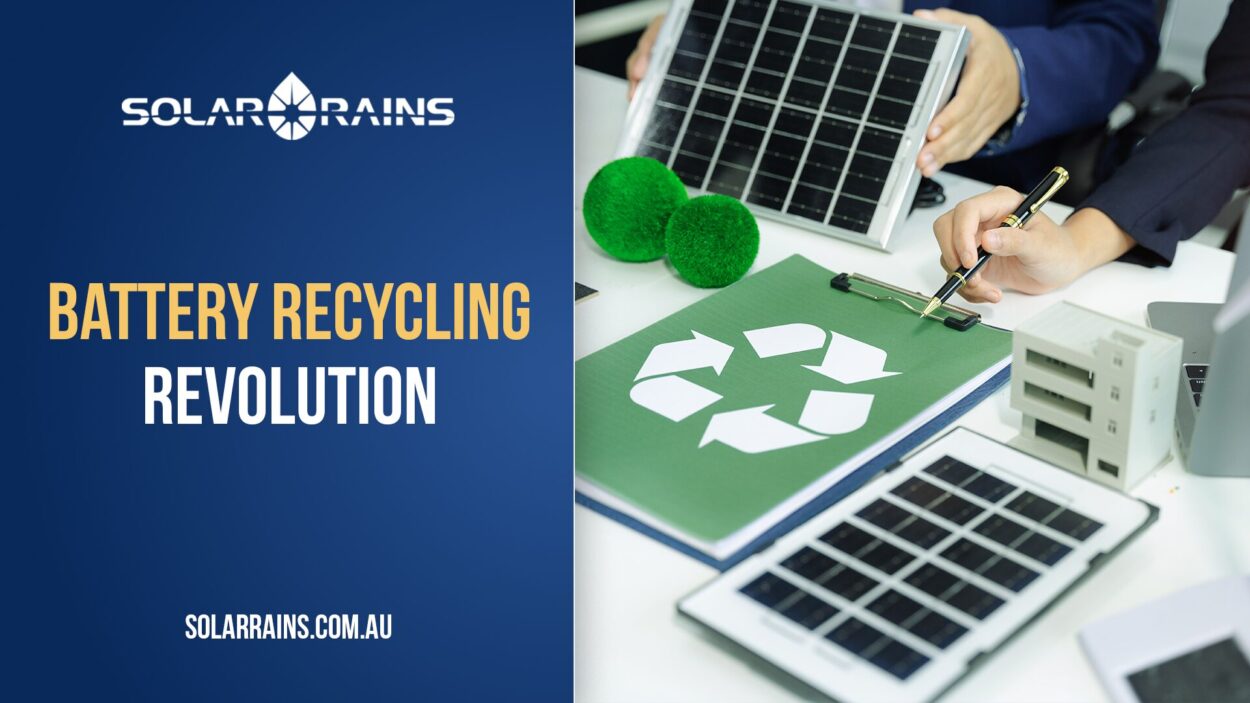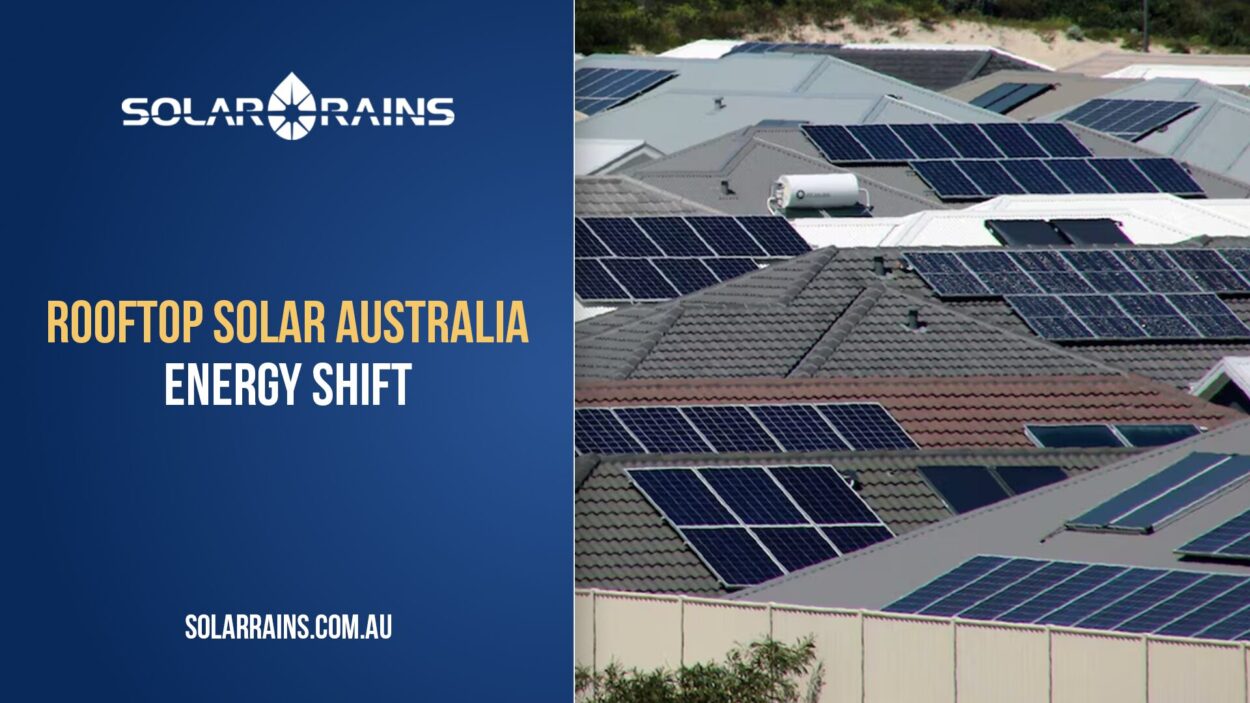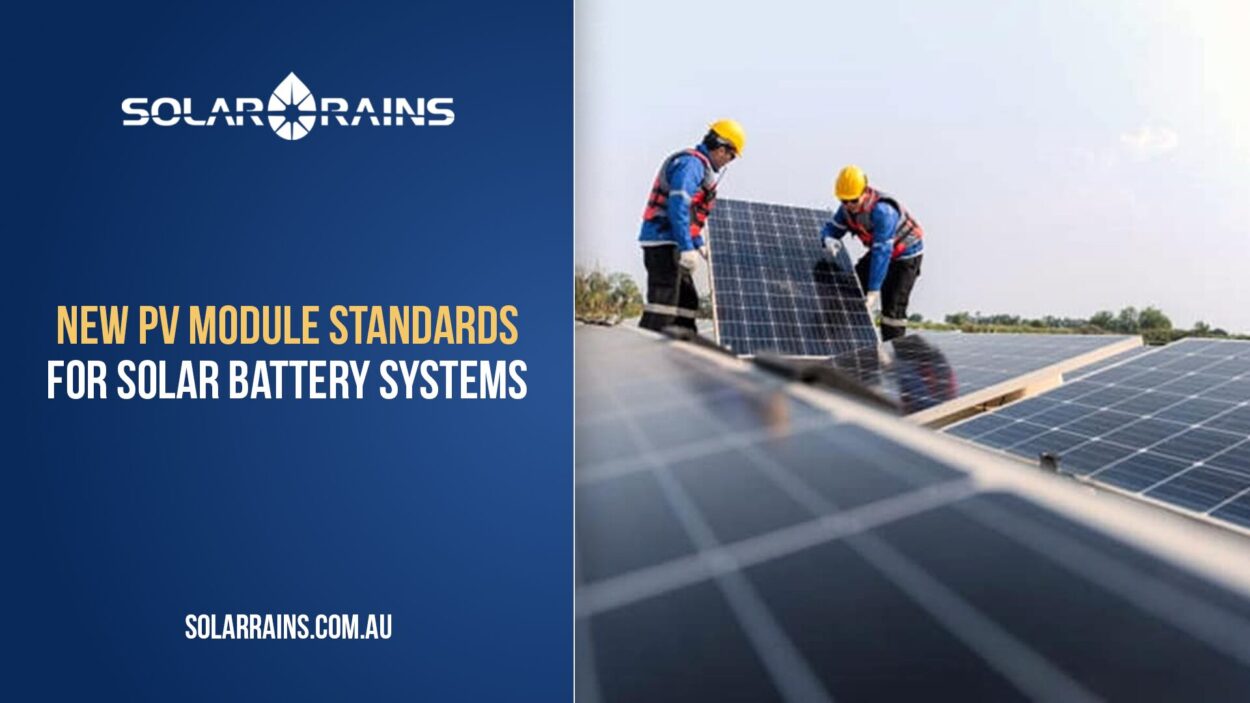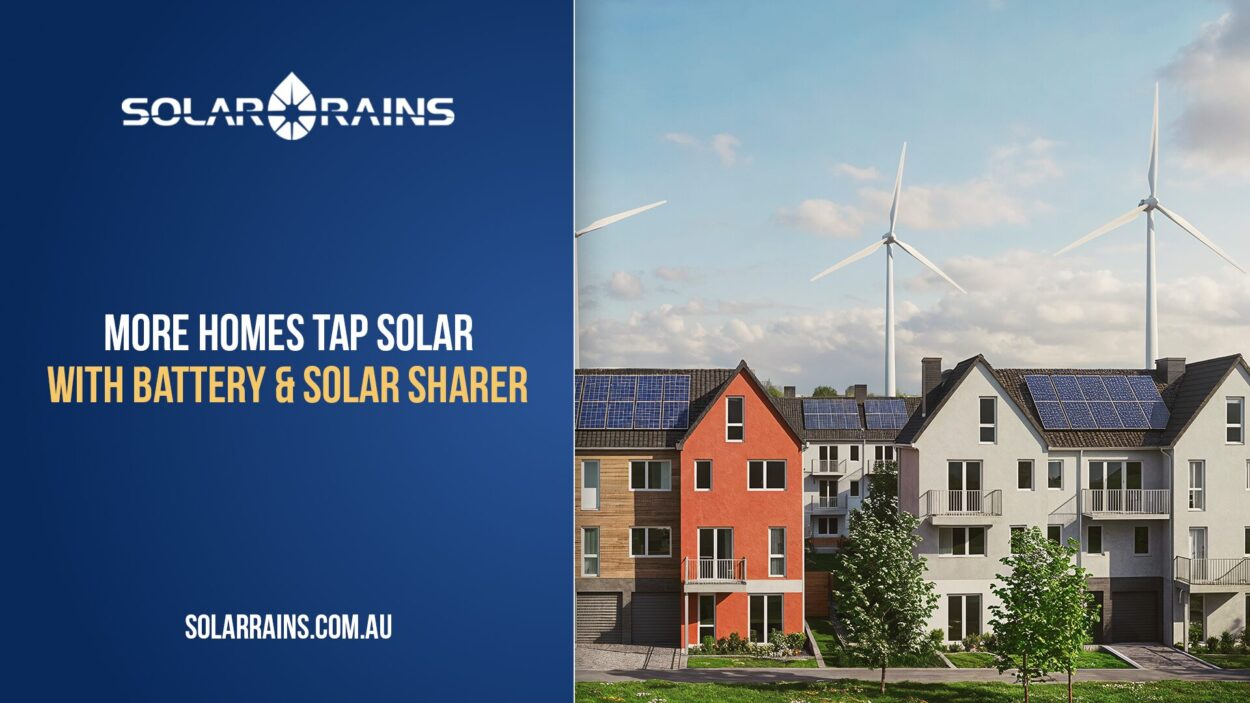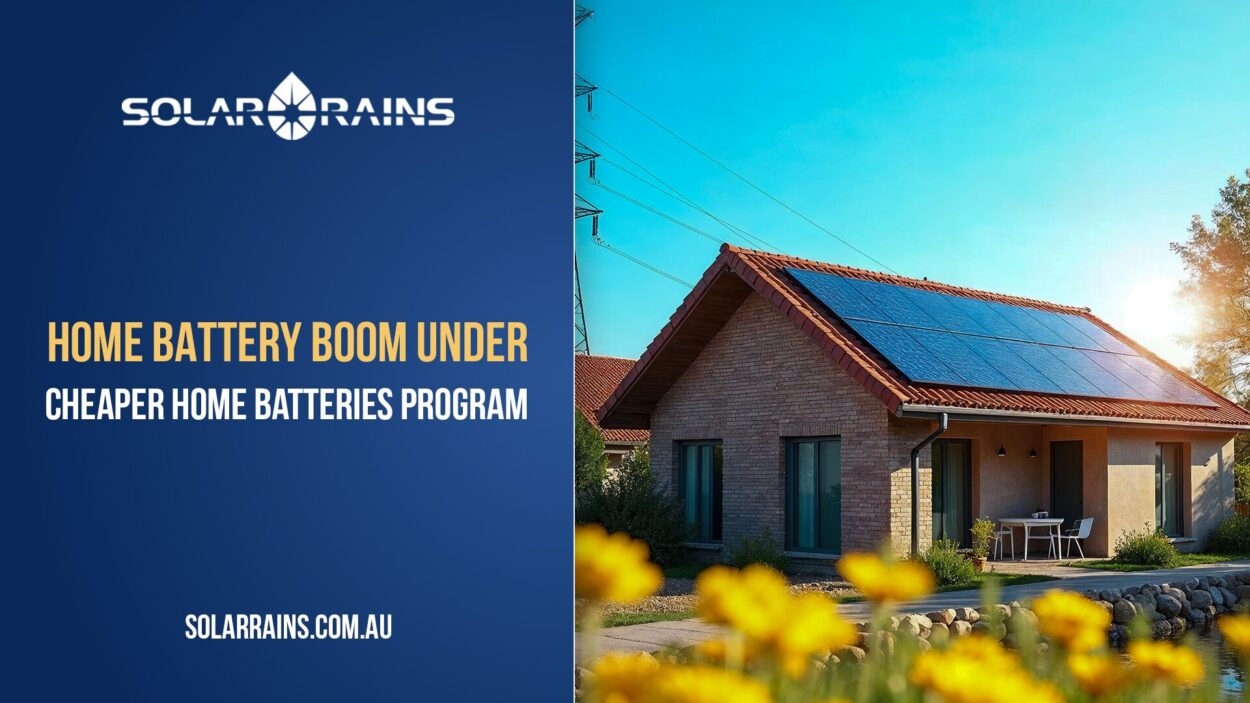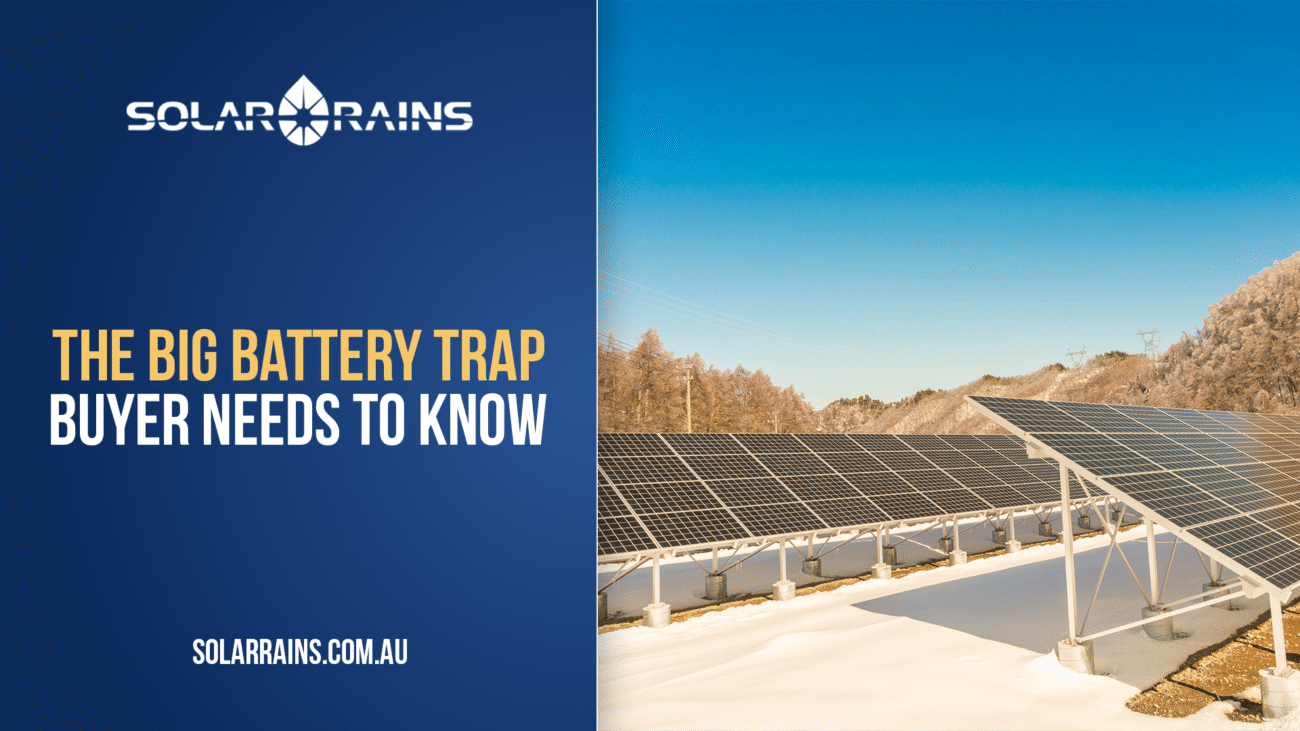As solar battery adoption grows across Australia, so does the need to understand the technology behind the storage systems powering your home or business. Two dominant battery chemistries on the market today, LFP (Lithium Iron Phosphate) and NMC (Nickel Manganese Cobalt) offer different advantages depending on your needs.
In this guide, Solar Rains explores the key differences between LFP and NMC solar battery technologies to help you make an informed decision.
What Are LFP and NMC Batteries?
Both LFP and NMC are types of lithium-ion batteries, but their internal chemistries set them apart.
- LFP (Lithium Iron Phosphate): Uses iron phosphate as the cathode material. Known for its safety, long cycle life, and thermal stability.
- NMC (Nickel Manganese Cobalt Oxide): Combines nickel, manganese, and cobalt, offering high energy density and compact sizing.
These batteries power a wide range of applications—from home solar energy storage to electric vehicles and commercial backup systems.
Key Features of LFP vs NMC
| Feature | LFP | NMC |
| Cycle Life | 4000–7000 cycles | 2000–4000 cycles |
| Operating Temperature | Wider range (-20°C to 60°C) | Narrower range (0°C to 45°C) |
| Energy Density | Lower (~90–160 Wh/kg) | Higher (~150–220 Wh/kg) |
| Thermal Runaway Risk | Low | Moderate to High |
| Cost | Moderate | Slightly higher due to cobalt |
| Weight | Heavier | Lighter for same capacity |
| Eco-Friendliness | No cobalt, recyclable | Cobalt mining has ethical concerns |
Main Benefits of LFP Solar Batteries
Superior Safety Profile
LFP batteries have a more stable chemistry, significantly reducing the risk of fire or explosion. This is especially critical in residential and commercial solar battery systems where safety is paramount.
Longer Lifespan
With up to 7000 charge-discharge cycles, LFP batteries can last 10–15 years, making them ideal for homeowners looking for long-term ROI.
Excellent Heat Tolerance
LFP batteries perform better under Australia’s hot climate, retaining stability in high-temperature environments compared to NMC.
Sustainability
LFP avoids rare or toxic metals like cobalt and nickel, making it a more environmentally responsible choice.
Why Choose NMC Batteries?
1. Compact Design
NMC batteries offer higher energy density, which makes them more compact—ideal for space-constrained installations.
2. High Discharge Rates
They can handle higher loads, making them suitable for electric vehicles and applications requiring quick bursts of power.
3. Proven Track Record
Used widely in EVs (e.g., Tesla’s early Powerwall versions), NMC batteries are well-tested and supported globally.
LFP vs NMC: A Comparison Table for Energy Storage
| Criteria | LFP | NMC |
| Ideal For | Homes & off-grid systems | EVs, small homes, tight spaces |
| Safety | Excellent | Good but with caution |
| Cost Per kWh | Lower over lifespan | Higher due to shorter life |
| Energy Efficiency | 95–98% | 90–95% |
| Maintenance | Minimal | Requires more cooling systems |
| Environmental Impact | Low | Medium to High |
Applications and Future Prospects
LFP in Solar Storage
Due to its stability, long life, and thermal resilience, LFP is quickly becoming the standard in solar storage. Brands like AlphaESS, Deye, and Swatten available via Solar Rains, a trusted Australian solar supplier, offer reliable LFP-based systems for both residential and commercial use.
NMC in Niche Solar Systems
NMC batteries may still suit mobile solar applications, such as RVs or micro-commercial setups, where space-saving is essential. However, their limited lifespan and heat sensitivity make them less suitable for rooftop installations in Australia’s harsh summer.
Australian Market Trends
As of 2025, Clean Energy Council data suggests that over 70% of new solar battery installations in Australia use LFP chemistry. This trend is expected to rise as safety standards tighten and customers demand longer-lasting, lower-maintenance systems.
The Australian Standards AS/NZS 5139 recommend LFP batteries for residential use due to their improved fire safety ratings.
FAQs
LFP is considered safer due to its stable chemistry and lower thermal runaway risk. It’s preferred for home solar systems in Australia.
LFP batteries typically last 10–15 years, while NMC batteries last 5–10 years, depending on use and maintenance.
LFP performs better in high temperatures, making it more suitable for Australian rooftops than NMC.
Yes, if your hybrid inverter supports LFP chemistry. Always consult your installer or solar power supplier.
Brands like AlphaESS, Deye, and Swatten offer LFP models. You can explore their range at Solar Rains.
No. LFP generally remains cooler during operation, reducing the need for active cooling, which is often necessary with NMC.
NMC’s high energy density makes it ideal for vehicles where space and weight are constrained. However, even the EV market is slowly shifting toward LFP for safety.
Conclusion: LFP Is the Future of Solar Battery Storage
While both LFP and NMC have their merits, the advantages of safety, lifespan, and thermal stability make LFP the superior choice for most solar battery applications in Australia.
As a homeowner or business operator, investing in the right solar battery isn’t just about cost, it’s about reliability, long-term savings, and peace of mind.Looking for expert guidance? Talk to Solar Rains, Australia’s trusted solar supplier for high-quality, LFP-based energy storage solutions and wholesale solar product support.

